This probably isn't a review, but it's something I use with this camera.
This is not the same as the lens I matched, but the 18-55 rating is also good:
First of all, let me tell you a little about life's experience:
Many people shoot bad SLR because it is SLR.
Is it nonsense? of course not.
Although the SLR is very good and powerful, it also has several problems:
1, beautiful and fragile.
One of the charms of SLR cameras is that the hardware itself is a very aesthetic system. Do you have an 85 1.4G hand and look in through the lens? However, it is also vulnerable. CMOS into the gray, is not it makes you feel bad? Fingerprint on the lens, is not you crazy? If you get into a few ash, what my heart!
For the majority of people who are not well-to-do families, SLR buyers often come to buy them home. And, the more expensive the body and the lens, the easier it will be. Buy a moisture-proof box and carefully collect it. Every use must be solemn, take a variety of air after the shoot and maintenance.
So you do not have much chance to really take it to take pictures.
2, heavy, big!
Head is also a problem, good body, good lens is relatively large and heavy. I once wanted to buy a Sigma 50 1.4 ART and decided to give up after getting caught.
3, sister afraid
A non-professional model's sister, in the face of mobile phones and SLR, expression, posture is completely different. When you see the SLR, especially with a large-calibre lens, she will be stiff, confused, who am I, where am I, what is the meaning of life, and who is this person, why does he point me at this thing? ? ......
Not only the sister, the old man is afraid. If you spend more than 10,000 yuan "please" come back to a 35 1.4G attempt to go to the streets "to engage in humanity", then this set of equipment prominent, can make your target fleeing.
In summary, when I wanted to pat it casually, I didn't even think about the door with the SLR. So I decided to buy a camera that would not be as effective as DC and would be too limited in efficiency. It would not be as large as the SLR. In case of accident, it would not be too painful. With his eyes sweeping, he scanned the Fuji X-E2s (with XF35mm f/2 W WR lens).
Buy. Now I will start to elaborate on the feelings of this machine in all aspects.
First, the appearance of Fuji X-E2s camera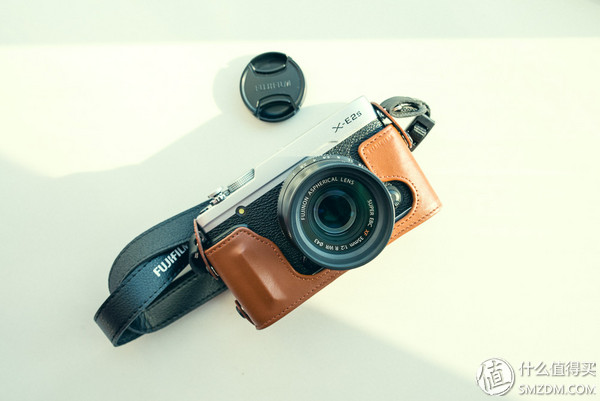
Oh, the rangefinder!
What about the paraxial? "Look at art" feeling.
It is only half a centroin to the paraxial. In the digital age, the rangefinder had no advantage at all, and the disadvantages fell. What we need is just the appearance of the axle. Fuji can be said to be very mature when it comes to the side shell shell. The old wealthy family had done a rangefinder camera in history, and it was very traditional. How did the machine look?
You should never think that "retro" is a simple matter. This year, we all want to design a retro feeling machine. Can we really do well? You look at Panasonic, GF2 looks beautiful, starting from GF3? Olympus's PEN-F looks great, but looking closely at the practicality of those designs is really low, such as the knob on the front panel, which is actually used to switch the filter, the mode dial is also no significance. There is also Nikon, although his family is also a long-established SLR giant, but its retro machine DF, I do not want to say it ... ...
Can you say that? Among the mainstream brands, only Fuji has done "a decent vintage." Not only has a beautiful retro look, but those design elements are not furnishings at all, whether it is the shutter dial or the exposure compensation dial, it is very practical. The whole X-E2s, except AE-L and AF-L, I think is a bit redundant and can be replaced with other function keys. I think the design is very successful.
In terms of workmanship, Fuji's exquisiteness touched me, especially the 35mm f/2 lens. Looked so cool, touched cool, you turn the aperture ring, ah ah cool. The two operating dials on the top of the fuselage have the same great feel, and you'll fall in love with manual operation (although there aren't many manual locations).
35 2 This lens has a tapered appearance, and there are some old lenses like Pentax Volenda. This lens is slightly heavier. With this lens, your camera is not flat and it will move forward. A big angle down. If you want to use it as a prop, it's a bit of a problem. Maybe it will be a better point for the 35 1.4 who is getting bigger.
The body is very light. Some people vomit that they will be equipped with 18-135, 55-200, including 56 and 90mm of these lenses will be very inconsistent. But will I use these cameras with a machine like the X-E2s? I don't think so. Even if it were, with Fuji's design, it would not be more exaggerated than Sony's micro singles and lenses.
Second, Fuji X-E2s camera operationPeople who are accustomed to using SLRs will feel right about some design things. Until the change to micro-single, DC, will recognize the good SLR.
1, the top control areaShutter dial, exposure compensation dial, switch, and shutter (the shutter button you see is installed, the original is the screw hole in the middle, used to install the shutter release), Fn key model is used to record video:
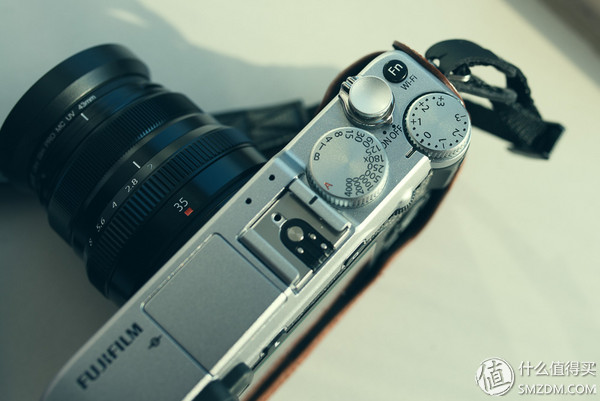
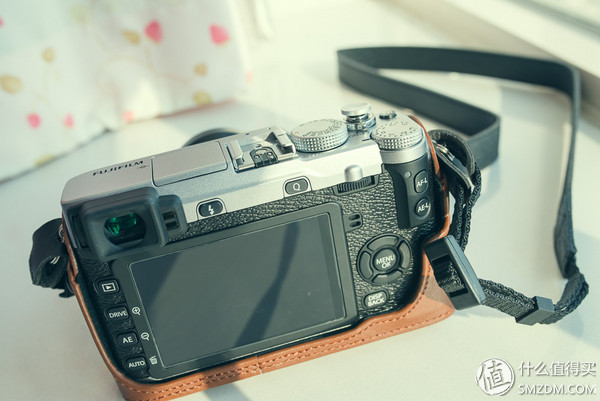
Compared with SLR, some basic operations still have to be completed in several steps. For example, to adjust the ISO, on the Nikon SLR, just press and hold the ISO key, and then dial the rear dial, it is very quick, and on the X-E2s, you must first press the Q key, use the arrow keys to select the ISO, and then dial Dial wheel. The efficiency is much lower. AE-L and AF-L I think it's a bit weird. It doesn't seem to make much sense for this type of compact camera.
The default selection focus can not directly use the arrow keys! This operation should be very common. (Can be changed to use the arrow keys to select the focus, but need to find in the menu)
Compared to the X-T10, the biggest problem with control is that there is no ISO dial, but I don't like the way the X-T10 looks.
The essence of the operation is the Q key, most of the commonly used adjustments are inside. Although there are several steps to adjust, it is always better to look in the menu.
In addition, most of Fuji's buttons are customizable and can be set according to your preferences.
3, EVFFuji's EVF should be said to be good, although it is still a lot worse than the SLR's optical viewfinder, but the win is intuitive and powerful.
But in design, there is a funny place. The inside of the camera allows you to set whether to use EVF or LCD. It can be set to four options: sensor-based, EVF, LCD and EVF (sensor).
I am not accustomed to LCD viewing, but also for power saving, I chose "EVF (eye sensor)". Then I discovered that all the displays were actually put on EVF! Not only is it a framing but even playback, menus, Q keys, etc. are also put in EVF!
Fuji may think that since you choose EVF, you must have a deep love for EVF. But do they not look at the Nikon and Canon SLRs? How natural is it to use the optical viewfinder to view the scene and operate the menu and playback on the LCD? Choosing an EVF viewfinder does not mean that I would like to operate the menu on EVF. Is that just for framing?
You closed your eyes and imagined the embarrassing situation when I first encountered this problem: In the street, holding a camera, one-eye staring at the viewing window, the hand kept pressed in the palm of the hand to click, to blame Not strange?
4, Wifi functionUse Wifi to connect with your PC or mobile phone. When using a mobile phone, 4 types of functions such as viewing photos with a mobile phone and remote control can be achieved, and when connected with a PC, photos can be saved to the computer via Wifi. I tried this feature, I do not know if it is not the speed of my Wifi, JPG is also acceptable to save, but the RAW file, video file transmission is really too slow.
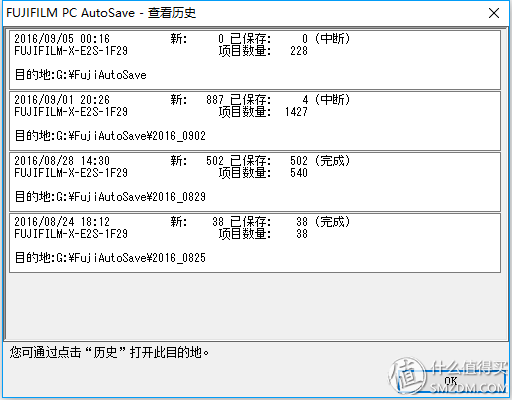
It should be said that X-E2s is still easy to use. In a few hours you can feel familiar. However, you may need to spend some time to adjust it to your desired state.
Third, Fuji X-E2s camera shooting experience Focus is a slow feature of Fuji. The 35/2 lens is known to be faster, but it is actually slower than any SLR lens I've ever used. Not only is it slow, but sometimes it is not. For example, the following figure, I put the focus on the dog's tail grass, always on the grass, the focus has been on the back of the grass. If it is a Nikon SLR, you can always press it several times, but Fuji cannot. Helplessness can only be opened manually, with peaks and splits, but still not aligned.  As for coke, basically do not think, it is impossible. The Waza party may have to think twice, but judging from my own experience of making baby dolls, I can barely handle it.
As for coke, basically do not think, it is impossible. The Waza party may have to think twice, but judging from my own experience of making baby dolls, I can barely handle it.
The good news is that as long as the focus is on success, it is really right. At least as far as my 35 2 R RW lens is concerned, it is very easy to use it without worrying about what to do with it.
Metering is basically still relatively accurate, automatic white balance is also good. When you find that the metering is wrong, you can easily get the exposure compensation dial. I rarely use exposure compensation on the SLR. I would rather be M. On this camera, it is very like to use exposure compensation. Since it is a portable device, you shouldn’t make the photo taking so complicated.
Continuous shooting speed is not bad, the number of continuous shots is very limited, and my 95MB/s card won't do much. What's more, it does not support continuous AF during continuous shooting (at its AF speed, support is no good)
For the shutter, you can choose mechanical shutter, electronic shutter and mechanical + electronic. The electronic shutter is completely silent, and the speed can reach an astonishing 1/32000 seconds, but the moving object cannot use the electronic shutter, otherwise there will be a jelly effect, and the photographed thing will be deformed.
On the whole, there is no problem with the performance of hand patting, and capture is entirely based on character.
Fourth, Fuji X-E2s camera quality Fujifilm's X-Trans CMOS II is very topical and interested parties can ferry themselves. I just say what I feel.
I don't always think that the quality of the center edge image is very important, because you posted it, it's nothing but the long edge of 2,000 pixels. What kind of dispersion is there, which is not important to me?
This is not to say that Fuji's hard index is poor. It is actually very strong in all aspects. I just don't want to test it.
What Fuji really attracts me is its color. How to describe? It is comfortable.
The old mage has this experience, that is when you find the film is not enough color, saturation or "brightness" often disappoint you. Sometimes the more you adjust, the more you can't see the movie. And Fuji can give you quite a good eye, but not the "false" color, and the level is very rich. The three-dimensional feeling can not keep up with the flow of the Kabin Cabin, but it does not lose to Nikon Canon. In addition, its imitation film mode has a high degree of practicality. (Nikon's optimization model hasn't really been used once.)
Fuji's JPG straight out, in my opinion, is more eye-catching than Dafa. Dafa is like FBB. You would say, "Well, all aspects are very good, it's a goddess." Fuji is a small rose, and it's awkward, but I like it!
Especially terrible is that its JPG straight out can make you amazing, and the late space provided by the RAW format is quite large! You may be struggling between STD and Classic Chrome when shooting. At this time, you use RAW format. Later on, both Lightroom and the customized version of SilkyPix can easily be switched. In addition, I tried to repair an underexposure film in LR. I feel that latitude is still quite acceptable.
Five, sample and summaryOn a few small pieces, it is not good to shoot, light spit, mainly to see the picture.


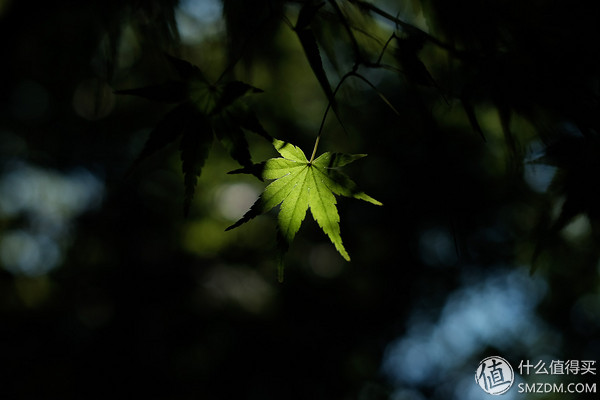

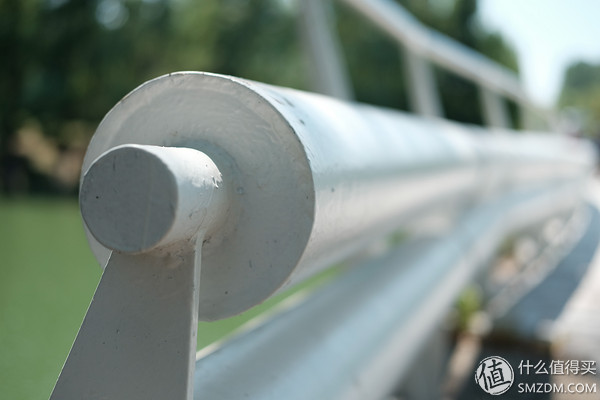

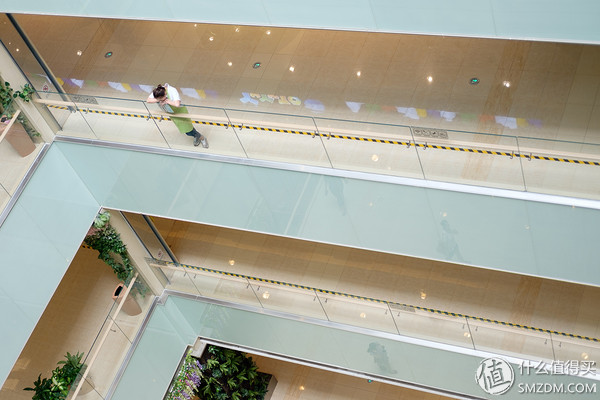
Aunt Zhang’s photos don’t know whether it will be compressed or not. If you need a 1500*1000 size and you want to keep EXIF ​​photos, please check here.
With so many days, I think I have fallen in love with this camera. The advantages and disadvantages are roughly like this:
advantage:
1, beautiful appearance, good workmanship
2, light and practical
3, the color performance is very good
4, as long as you can on the coke, you can be real (35 2 this lens, the other do not know)
5, reasonable price
Disadvantages:
1, focusing sometimes more eager people, not easy to capture
2, so beautiful that sometimes you will still be careful
3, Wifi transfer photos is very slow (to be verified, may be my router problem)
4, the attachment is more difficult to find, the original attachment is too scary (a boxed battery 499, simply kidding), and very few third-party
Fuji has made more than a dozen XF lenses, all of which are of superior quality and the price is not too expensive. The key to these shots is APS. Therefore, the possibility of a full house being made by a wealthy family is not great. If he suddenly emerges one day, Medium format is possible.
Regarding incompleteness, I think so: Fuji is taking a "reasonably small" route. It is neither as stressful as Panasonic, nor as powerful and large as the Nikon Canon. With the XE series, even the X-Pro model, it will not feel that it is big. If so, why do you want to do it all?
Sony is a negative example. Sony put the full-scale CMOS into a compact body, amazing, but what about? With the addition of the lens, everything is destroyed. A good shot of the indicator, the full width must be very large and heavy.
The Fuji XF lens, even if the big eyes of 56,90, with X-T1, X-Pro1 is not very inconsistent. Even with the X-E2s is barely visible, you imagine what would be like if it was full-width.
Besides, X-Trans CMOS is really good, and high ISO is not very unbearable. Is it really important to have full size?